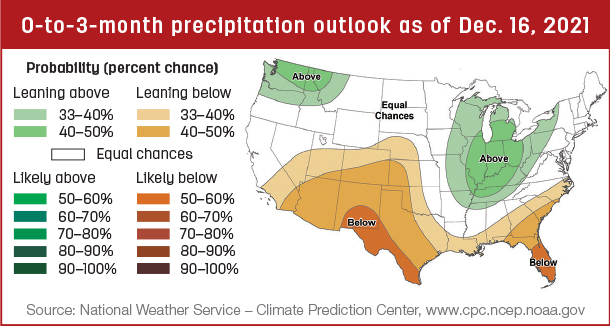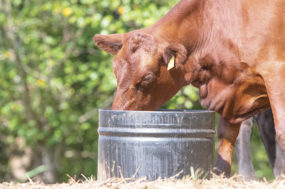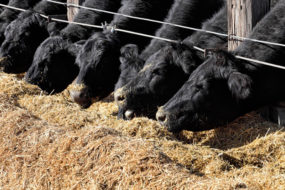Determining the right bull-to-cow ratio is something all cow-calf producers must do. An appropriate bull-to-cow ratio will vary depending on stocking rate, pasture size, bull age, previous breeding experience, libido, single- versus multiple-bull pastures, bull fertility and other factors. Research and DNA testing results from multiple-sire pastures clearly show that the number of calves sired in a breeding season is not equal among the bulls in a group, even when they are of similar age.
In many cases, bulls can breed more cows than we give them credit for. In California, Dr. Alison Van Eenannaam and colleagues looked at the number of calves sired by bulls in multiple-sire groups from three commercial ranches across 15 calf crops. (Average bull-to-cow ratio was 1-to-25.) In several instances, a bull did not sire any progeny or only sired one calf. The maximum number of calves sired by a single bull in each group ranged from 30 to 64. In 11 of the 15 calf crops, one bull sired at least 45 calves.
In multiple-sire groups, bulls will establish a hierarchy with the dominant bull breeding the largest number of cows – and in some cases, most of the cows. Over time (i.e., breeding season to breeding season), the dominant bull will change due to age or injury. So the bull that sired the most calves this year may not sire the most calves two years from now.

Because of this hierarchy, adding more bulls to a breeding group may not improve pregnancy rates if the dominant bull is subfertile or infertile. Additionally, as the number of bulls in a breeding group increases, fighting among the bulls also increases, which can lead to more injuries.
Below is a list of guidelines that would be appropriate for most producers unless they are running cattle in pastures over about 300 acres in size. In large pastures, it may be beneficial to reduce the number of cows per bull to account for cattle spreading out in smaller groups and being separated by long distances.
- 12- to 18-month-old bulls: One bull to 15 to 20 cows
- 2-year-old bulls: One bull to 20 to 30 cows
- 3- to 7-year-old bulls: One bull to 30 to 50 cows
The above ratios assume the bulls are in good health, appropriate condition, have good scrotal development, are fertile and have been used previously, except for the 12- to 18-month-old bulls.







